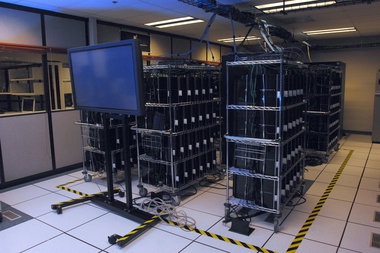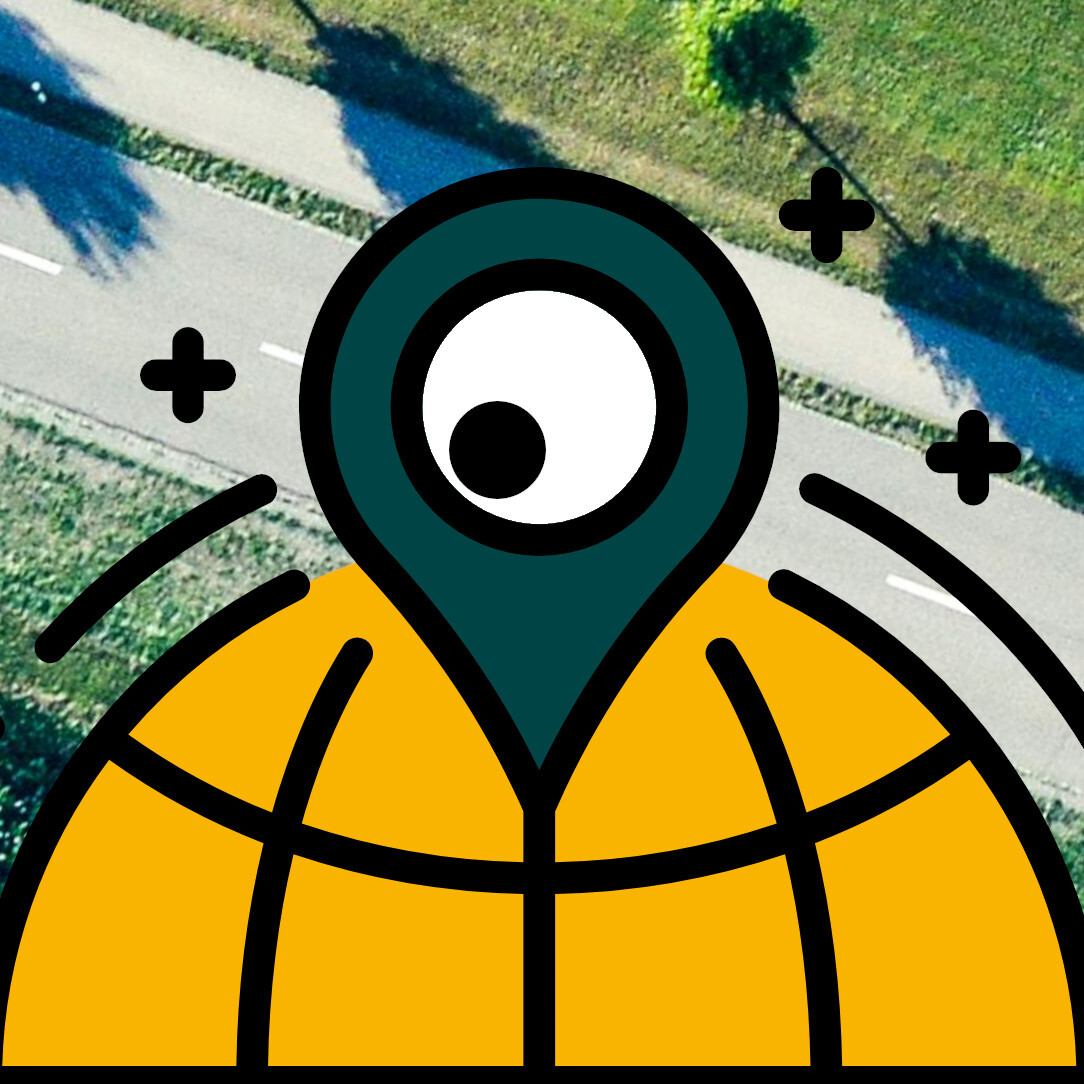

It’s documented in the wiki, they are called VCS packages, and it’s not the usual, they work a bit differently: https://wiki.archlinux.org/title/VCS_package_guidelines
You can see in this instance, that it skips the sha checking for upstream source, in line 15 of the PKGBUILD it says ‘SKIP’: https://aur.archlinux.org/cgit/aur.git/tree/PKGBUILD?h=hyprspace-git#n15
sha1sums parameter is documented in the wiki: https://wiki.archlinux.org/title/PKGBUILD#sha1sums
In the PKGBUILD file you can list sources (line 12,13) and their respective checksums (line 14,15). In this PKGBUILD there are 2 sources: the first is the systemd unit file, it’s coming from the package’s AUR repo, not from upstream, you can see its checksum. The second source is the actual source, and you can see, it’s checksum is ‘SKIP’ so it shouldn’t be checked.
With these kind of packages you can’t get notified if there is an update available, but if you install it again with your favorite AUR helper it would update itself for the latest version. It calculates version number from the latest commit hash, before building and installing, so if that is the same it won’t update again.







It’s a marketing article with nearly zero actual facts. One screenshot about the actual product.
MS and others already use AI for drawing building countours for OpenStreetMap and OvertureMaps from aerial imagery. In osm these AI generated lines are only allowed to be imported after a human supervision and currently it’s very hit or miss. On low density areas it’s mostly good, but in dense city centers it’s unusable.
In overture maps these lines are imported automatically, that’s why you can see buildings on rivers.
They don’t write about these shortcomings in the article, and how they solved AI hallucinations